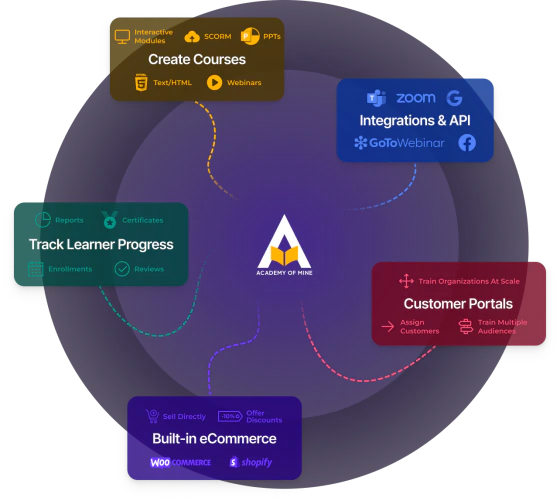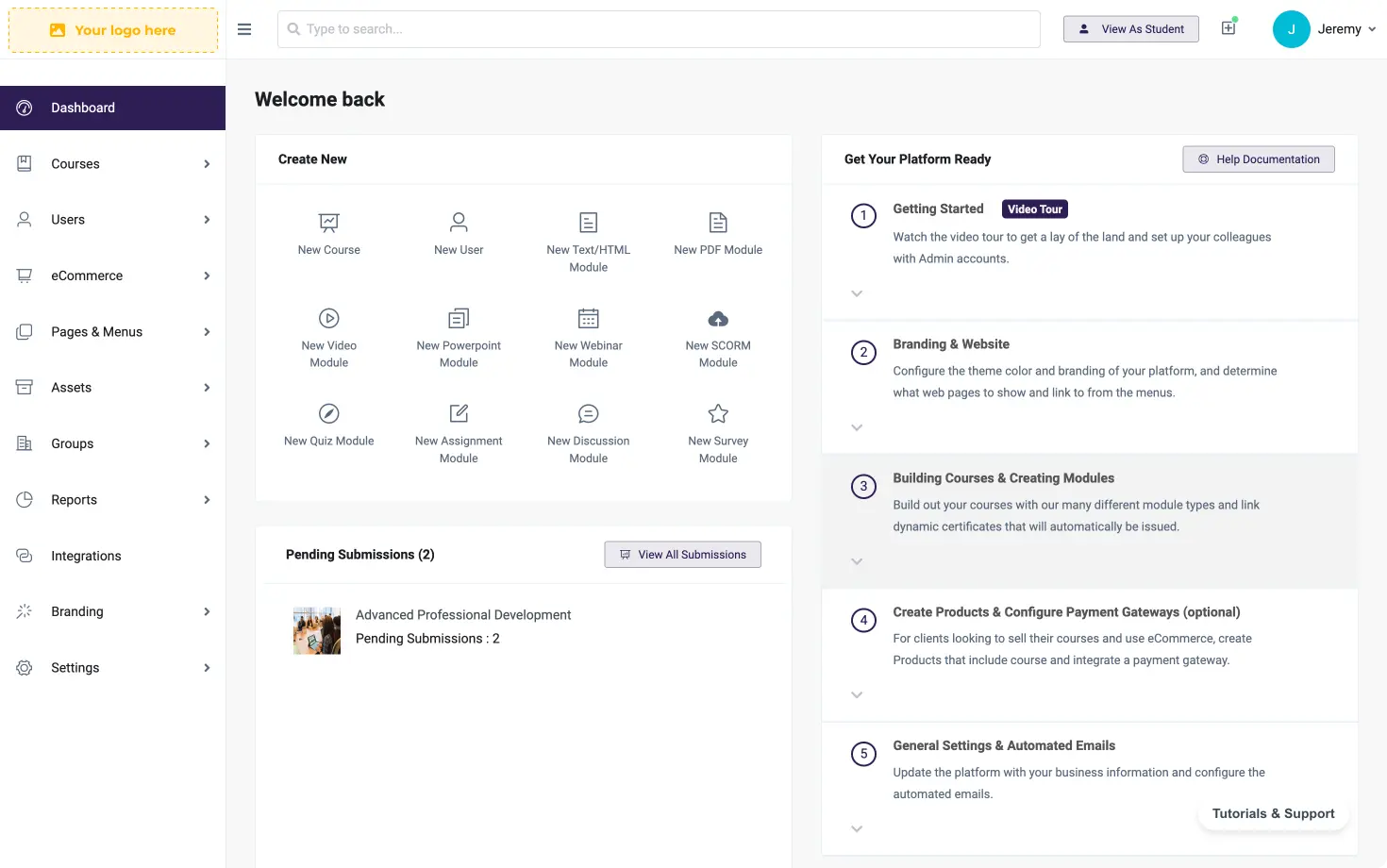Business Management
Guide to online Compliance Training

Compliance training gets a bad rap in the business world: often the very phrase brings to mind the feeling of uncomfortable conference room chairs, stale coffee, and boring presentations. One way to combat this is to have the training take place online, using an LMS like Academy of Mine to administer the training in a way that is engaging and fresh.
What is Compliance Training and When Do You Need To Do It?
Compliance training is at its core a teaching tool. You use it when something changes and you need to react quickly– a pandemic changes how you must do business, a new law changes how you collect email addresses, a scandal changes the leadership structure, and so on. Whenever there is a change, compliance training is what helps your team adapt to it.
An important factor of compliance training is often having proof that you are compliant; this is especially true when the government or safety regulations are involved. Legally, having proof that you 1. Offer compliance training and 2. That everyone has taken the training is a must-have in a lawsuit-heavy world.
The need to prove that training has happened and the need to train the entire staff quickly in the event of a crisis or other sudden change leads many businesses to turn to eLearning to administer their training. Using a Learning Management System (LMS) to do compliance training is often the quickest and most cost-effective way to pivot when something forces change.
Why is Compliance Training Important in 2020?
The most obvious answer is Covid-19. That disease took our entire planet and shook it violently, changing everything from where we work to how we get our food to when we’re allowed to gather. Businesses had to react to government mandated lockdowns, new cleanliness policies, travel restrictions, increases in demand (hand soap) or the drying up of entire industries (travel and hospitality). Reacting to these sudden, forced changes was easiest for companies with an already-in-place corporate compliance training policy; especially if that training can be done virtually.
Beyond the obvious, compliance training in general is important because It keeps your business limber, able to flex, adapt, and react to whatever issues and changes that may arise. You may need to respond to a new law, a new competitor, or whatever: having compliance training processes in place will allow your business to do that.
Examples of Compliance Training
Compliance training is a lot more than watching an OSHA safety video or signing a waiver. Often it comes about because of a change that requires a rapid response, as we discussed with Covid-19. Here are a few other examples where compliance training would be needed.
- A new business opens up nearby: all salespersons need to be retrained on sales techniques to better compete.
- The higher-ups decide to switch to a new Point-Of-Sale system in order to better collect data on customer habits, so all cashiers and managers need to be trained on the new system.
- Bitcoins become internationally recognized currency and Visa demands that you accept Bitcoin if you accept Visa cards: all stores must learn how to accept this new currency.
- A new law is passed requiring customer email addresses to be expunged every year: the software team has to be taught about this law and then work on implementing a solution.
- New research shows that ladders are the most dangerous tool at any business and so the company decides to lock up all ladders and enact a check-out process for using them. All managers must be trained on this process and then implement it in their stores.
- A vote of the people alters a nation-state’s membership in an international organization; and businesses that were formerly allowed to freely sell a certain product internationally now must pass customs inspections.
How To Create Effective Compliance Training For Your Business
Creating effective compliance training primarily involves three things: clear instruction on the change, employee buy-in of the change, and data collection after the change to ensure compliance.
Clear Instruction
Your training, whether given through an LMS or in person, or some hybrid mix, needs to be very clear about what has changed, and what that means for the employees affected. If it’s just an update that doesn’t require an employee to change how they behave, it likely only needs to be training if there is a need to prove that they were notified. Otherwise, it could be an email or a wall poster.
Employee Buy-In
People are creatures of habit, and in general they want to stick with the system that they have already devised to do their work. Disrupting that system for any reason, even a good one, typically means you need to offer an explanation as to why the change is being made. Giving employees knowledge and letting them come to the conclusion that, yes, while potentially inconvenient the training is a good thing, will actually make them more likely to adhere to it.
Data Collection
Finally, good training collects data and feedback from the users. The data comes in two points: measuring completion (for liability reasons) and measuring engagement. If the training is boring and people take a long time to complete it, it’s likely they won’t fully retain the information. You can gather this information passively, but it’s also a good idea to get user feedback after your staff has done the training to see where you can improve.
Compliance Training is Simpler With a Learning Management System
Using a LMS to implement compliance training speeds up the process, is more adaptable, and cuts training costs down. It also gives you flexibility to train whenever and wherever; you aren’t limited to a specific building or when a specific trainer is free. The flexibility and the ability to do the training whenever are some of the main benefits of a LMS. It’s also easier to track who and who has not completed the training when it’s done online, which helps cover you in case of litigation.
How To Choose The Right LMS For Your Compliance Training
There are a few things to look for when choosing an LMS for compliance training: namely that it can measure if someone completed the training, if it can administer the training in an interesting way (through video or some other visually engaging medium) and if it is flexible enough to meet the needs you don’t know you need. Covid-19 training being a prime example. Beyond that, you want your LMS to be SCORM compliant (you can learn more about what that means by following the link) and you want your LMS to have 24/7 customer support.


